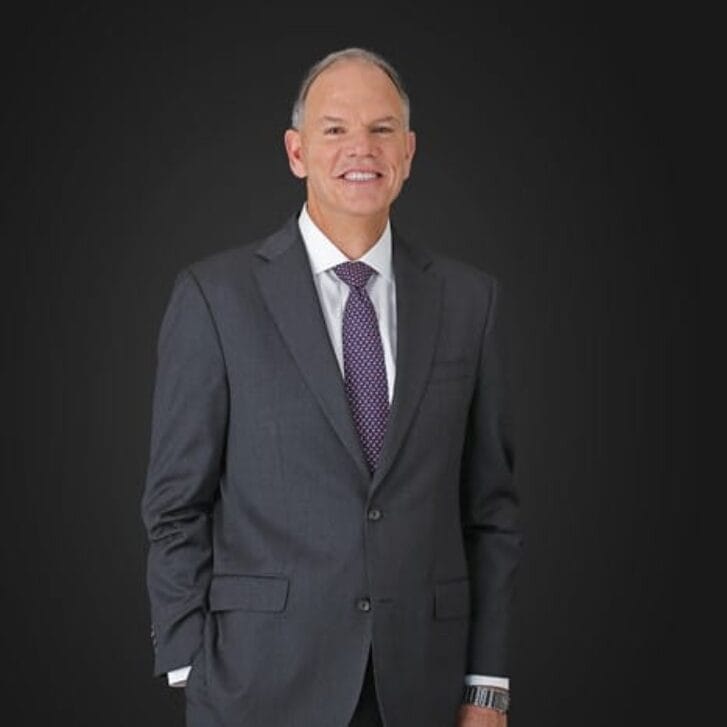At Wharton, I was empowered to dream big and aim high. Through leadership-building exercises and finance courses, my classmates and I developed a keen understanding of the many forces that shape the relationships among people, goods, and ideas. After semesters of enriching experiences in and outside of the classroom, we yearned to live up to Wharton’s motto, to put “knowledge into action” beyond the walls of Huntsman Hall.
However, as graduation approached, we needed to be proactive in choosing how to channel our energies, where and how to put our minds to work. As part of the on-campus recruitment process, many of us were able to learn about, apply for and ultimately start working at some of the most renowned corporations on the planet. Others decided to start their own ventures, using their acquired skills and innate drive to offer innovative products or services in the United States and abroad.
I always thought that this decision process was binary. We needed to choose between the security of a traditional career path and the creativity of entrepreneurship. I saw diverging roads that – I hoped – would eventually lead to personal fulfillment and professional success. Some weeks ago, I read a book that proved that paradigm to be flawed. Why choose between these two options? Why not work your way up the corporate ladder and build your own company?
The 10% Entrepreneur by Patrick McGinnis is a superb professional roadmap for the young professional of today. With a crisp narrative, it guides the reader into the often-daunting endeavor of becoming an entrepreneur while, at the same time, enjoying the stability of a traditional job. As the title implies, the book suggests devoting 10% of a person’s time and resources to a new venture. With actionable suggestions and real-life examples from across the globe, it shows how to hedge the uncertain aspects of entrepreneurship, while benefiting from the potential increased upside of being your own boss.
In the book, people like Luke Holden from Maine or Diego Saez Gil from Argentina build upon their skillsets, capital and networks to shape their professional destinies. The author himself – a successful venture capitalist with investments in the United States, Latin America, and Asia – candidly shares this career path, and the many steps he took to shape his success both in corporate America and the start-up world.
As French thinker Antoine de Saint-Exupery once said, “A goal without a plan is just a wish.” In a world where information is almost ubiquitous, managing a career path could be a formidable exercise. The 10% Entrepreneur is a splendid read for people looking to carve their own paths in both established corporations and novel ventures. By applying the concepts discussed in its pages, young professionals will be empowered not only to dream big, but also to make those dreams a reality.
Editor’s Note: Patrick McGinnis was hosted by Wharton’s Entrepreneurship Club, Private Equity & Venture Capital Club, and Wharton Latino for an event on campus last Monday. It is my understanding that ~50 people (MBAs and undergrads) attended. I can give you more information if needed.

























